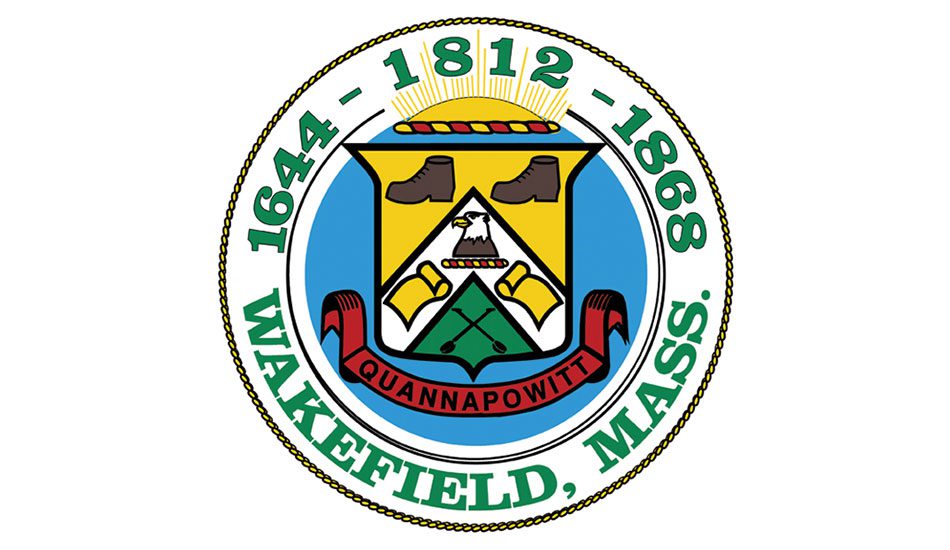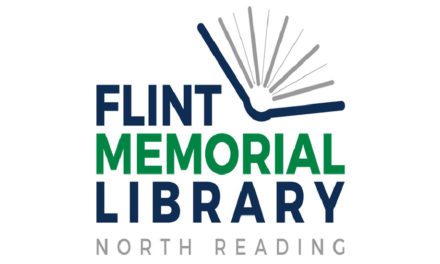By MARK SARDELLA
WAKEFIELD — The Wakefield Planning Board did in fact violate the Open Meeting Law earlier this year by deliberating outside of a posted meeting regarding the creation of a compliance plan for the MBTA Multifamily Zoning Act. That was the ruling of the Massachusetts Attorney General’s Office after a complaint was filed in May by Scot McCauley of Walden Road.
“Following our review, we find that the Board violated the Open Meeting Law as alleged,” Assistant Attorney General Matthew Lindberg wrote in the decision issued on Aug. 12, 2024.
In reaching its determination, the Attorney General’s Office reviewed McCauley’s complaint, the Planning Board’s response and emails produced by the board. The AG’s office also reviewed minutes of the Board’s meetings of February 13, February 27 and April 9. They viewed recordings of the March 26 and the April 9 Planning Board meetings, as well as the first session of the Wakefield Town Meeting, which went forward on April 29.
The decision notes that a seven-member public body, called the MBTA Working Group, was formed to work with the Planning Board and town staff to develop a proposed overlay district plan in which multi-family housing would be permitted as of right. After it was drafted, the Original Overlay District, which was to be the subject of an article at Spring Town Meeting, was presented to the public at multiple public hearings. A citizen’s petition proposed a smaller overlay district and was to be the subject of a separate article at spring Town Meeting.
Public hearings on the Original Overlay District and the citizen’s petition went forward during Planning Board meetings held on Feb. 13, Feb. 27 and April 9. Some residents complained that the Original Overlay District was larger than what the MBTA Communities Act required.
The Planning Board is composed of five members – thus, three members constitute a quorum, the AG’s decision notes. Two Board members, Theodore Noell and James Hogan, participated in the development of an alternative Minimum Map, together with Community and Economic Development Director Erin Kokinda. On March 26, Board member Hogan reached out to the Working Group about this Minimum Map. At approximately 6 p.m. that evening, he sent each member of the Working Group a separate but identical email soliciting each member’s opinion of the proposed ‘Minimum Map’ compliance plan.
“Based on public feedback during the public hearing process members of the Planning Board and town leadership are collating a minimum map that could be the basis of a floor motion if appropriate,” Hogan wrote to his fellow Working Group members.
The AG’s decision notes that one member of the Working Group, then-Town Councilor Julie Smith-Galvin, responded that she was “OK with this in theory” but added: “I don’t think we should widely publicize that we have this map so that people stay focused on the original that was developed with more input and consideration by the working group.”
At the Planning Board’s March 26 meeting, Working Group Chairman Hogan asked his fellow Planning Board members if they wanted to consider an alternative, minimum compliance map that could be introduced on the floor of Town Meeting and offered to share with the entire board the concept that was being considered.
But Planning Board member Matthew Lowry expressed a preference for waiting in order to give the public proper notice. There was no further discussion of a minimum map at the March 26 meeting.
After a public hearing on April 9, the Planning Board voted against recommending the citizens petition plan and voted in favor of its own, original, expanded compliance plan. There was no mention of the Working Group’s minimum compliance plan and the Planning Board did not meet again before Town Meeting.
The AG’s decision notes that as the date of the Spring Town Meeting neared, the drafters of the Minimum Map sought a person to introduce it by floor motion. Town Council member Robert Vincent declined, noting that “the public would not have been afforded an opportunity to review the amended map prior to Town Meeting.” A member of the Zoning Board of Appeals, David Hatfield, ultimately agreed to advance the Minimum Map via floor motion.
An exchange of emails over the weekend prior to Town Meeting documents that at least four of the five members of the Planning Board were aware of a plan to introduce the Minimum Map by floor motion at the upcoming Spring Town Meeting. Planning Board member Matthew Lowry emailed Planning Board chairman Theo Noell advising that the alternative minimum map should be introduced only if it looked like the original, expanded plan would not pass Town Meeting.
Hatfield made the motion to advance the minimum compliance map at the April 29 Town Meeting.
When questioned by the McCauley at Town Meeting, Hogan stated that three of the five Planning Board members worked on the Minimum Map “in various conversations back and forth, never at one time.” The AG notes that the Planning Board has since denied that three members worked on the alternative map, insisting that it was only two.
But the Attorney General’s Office found that to be untrue.
“A public body may not engage in serial communication whereby a quorum communicates in a non-contemporaneous manner outside of a meeting on a particular subject matter within the public body’s jurisdiction,” the AG’s decision notes. “Matthew Lowry’s email to Chair Noell revealed that at least four (Planning) Board members were involved in private discussions about introducing the Minimum Map through floor amendment at spring Town meeting,” the AG continues. “Because a quorum of the Board discussed introduction of the Minimum Map outside of a public meeting, the Board violated the Open Meeting Law.”
The AG also found that “talking points” that Planning Board chairman Theo Noell sent out to Planning Board members prior to Town Meeting also violated the Open Meeting Law, because some of these points were never discussed at a public meeting.
“For the reasons stated above, we find that the Board violated the Open Meeting Law when a quorum deliberated outside of a posted meeting about the Original Overlay District and the Minimum Map,” the Attorney General’s office concluded.
The AG ordered the Planning Board to “publicly release all emails from any Board member to one or more other Board member(s) which reference the Minimum Map and/or plans to amend Article 17. We also order the Board’s immediate and future compliance with the Open Meeting Law’s requirements and caution that future similar violations may be considered evidence of intent to violate the law.”





